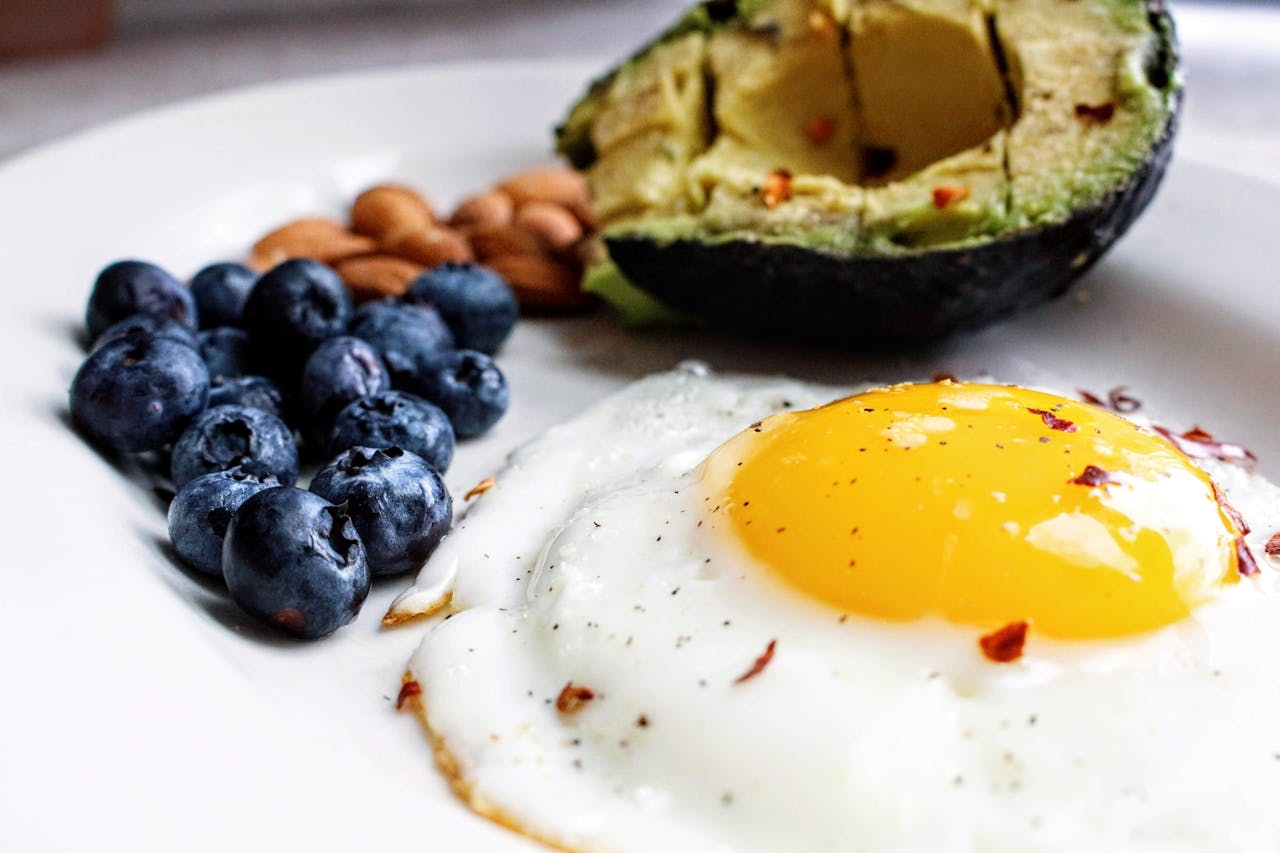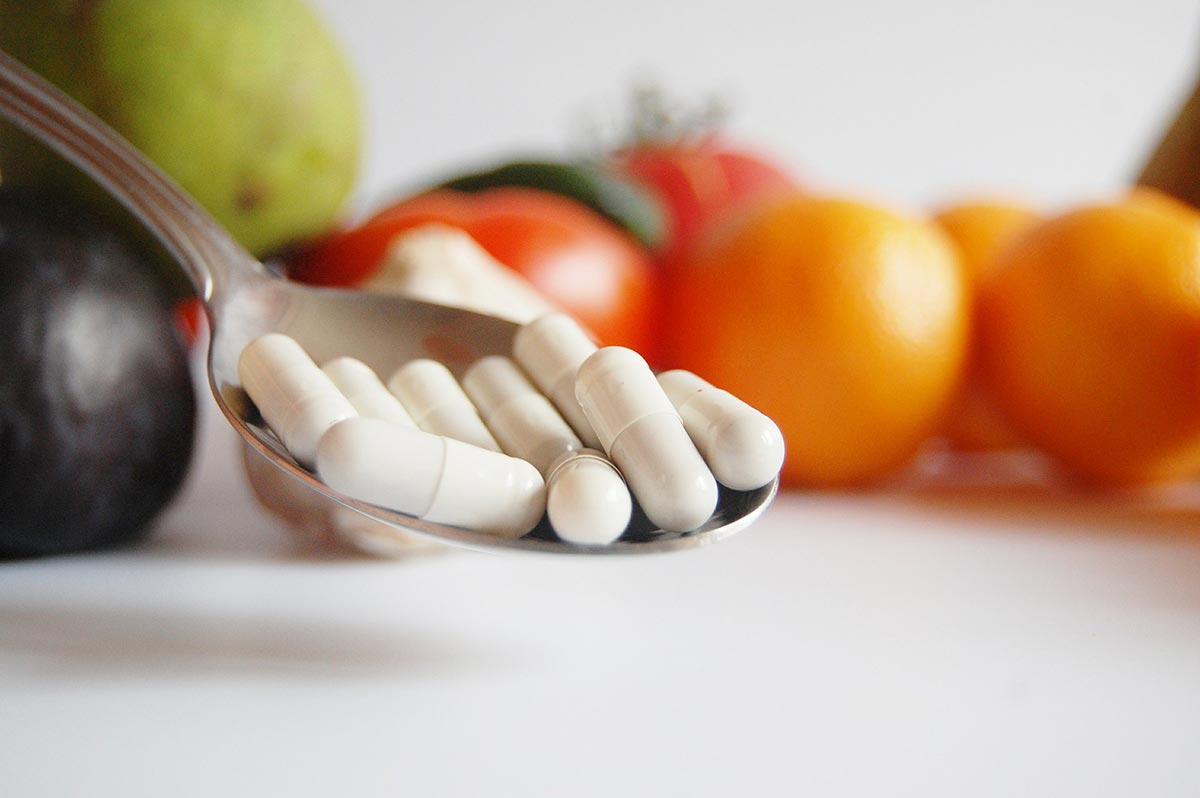Starting from scratch in the world of muscle building can feel overwhelming. With so much information out there, it's easy to get lost in the noise of fitness myths and outdated advice. However, modern science has given us a clearer understanding of what it takes to build muscle efficiently.
Muscle hypertrophy, the process of increasing muscle size, relies on three core principles: mechanical tension, metabolic stress, and muscle damage. Resistance training creates microtears in the muscle fibers, which then repair and grow stronger through proper nutrition and recovery.
Strength Training: Lifting the Right Way
To gain muscle, resistance strenght training is essential. The choice between heavy weights with low repetitions (typically 4-6 reps per set) and lighter weights with higher repetitions (12-15 reps per set) depends on your goals. If your aim is bulk and strength, compound exercises like squats, deadlifts, and bench presses should be your focus. These exercises engage multiple muscle groups and promote maximum hypertrophy.
Recent studies emphasize the importance of progressive overload, meaning you should gradually increase weight or intensity over time. Machines can be useful, but free weights offer superior muscle activation since they require stabilization. To maximize gains, consider incorporating resistance bands and isometric holds.
Emerging research highlights the role of eccentric training—slowing down the lowering phase of an exercise. This approach increases time under tension, leading to greater muscle fiber recruitment and overall muscle gains.
Training Frequency: More Isn't Always Better
Many beginners think that training every day leads to faster results, but muscle growth happens during rest, not during the workout itself. The latest research suggests that training each muscle group twice per week is optimal for hypertrophy. Overtraining without proper recovery can lead to diminished gains and increased injury risk.
A common split includes upper-body workouts on one day, lower-body on another, followed by a rest or active recovery day. Full-body routines are also effective, especially for beginners who train three times per week.
Periodization, a structured variation in training intensity and volume, has been proven to prevent plateaus and maximize strength and hypertrophy. Mixing hypertrophy-focused phases (8-12 reps) with strength-focused phases (4-6 reps) can lead to significant muscle growth over time.
Nutrition: Fueling Your Gains
Muscle building isn't just about lifting weights—your diet plays a crucial role. Protein remains the cornerstone of muscle repair and growth, but recent research suggests that a mix of macronutrients is equally important.
Protein: How Much Do You Really Need?
Current guidelines recommend 1.6 to 2.2 grams of protein per kilogram of body weight for athletes and those engaged in heavy resistance training. While protein shakes are convenient, whole food sources such as lean meats, fish, eggs, and plant-based options like lentils and quinoa provide additional nutrients beneficial for muscle growth.
Additionally, protein timing plays a role in muscle synthesis. Consuming protein within 30-60 minutes post-workout, often referred to as the "anabolic window," enhances muscle repair and growth.
Carbohydrates: The Power Source
Carbohydrates replenish glycogen stores, fueling intense workouts. Whole grains, sweet potatoes, and legumes offer sustained energy without the blood sugar spikes associated with refined carbs. Low-carb diets can impair muscle recovery and limit growth potential.
Studies now suggest that consuming carbohydrates alongside protein post-workout enhances glycogen replenishment and muscle protein synthesis, making recovery more effective.
Fats: The Forgotten Macronutrient
Healthy fats from sources like avocados, nuts, and olive oil support hormone production, including testosterone, which is crucial for muscle development. Cutting fat too low can negatively affect performance and recovery.
Omega-3 fatty acids, found in fish and flaxseeds, have been shown to reduce muscle soreness and inflammation, contributing to faster recovery and overall athletic performance.
Supplements: Do You Need Them?
While a well-balanced diet should always come first, some supplements can enhance results. Creatine monohydrate has been extensively researched and shown to improve strength and muscle mass. Whey protein can be a convenient way to hit protein targets, especially post-workout when muscle protein synthesis is highest. Additionally, omega-3 fatty acids support inflammation control and recovery.
New research also highlights the benefits of beta-alanine, an amino acid that helps buffer acid buildup in muscles, delaying fatigue during high-intensity training. Additionally, citrulline malate has been linked to improved endurance and reduced muscle soreness.
Recovery: The Overlooked Secret
Training hard without proper recovery is like driving a car with no gas. Sleep is one of the most underrated factors in muscle growth. Studies indicate that individuals who sleep less than six hours per night experience slower muscle recovery and reduced performance.
Active recovery methods, such as stretching, yoga, and massage, can aid in circulation and decrease muscle soreness. Hydration also plays a key role in preventing fatigue and promoting nutrient absorption.
Cold water immersion and contrast therapy (alternating between hot and cold) have recently gained popularity in reducing muscle soreness and improving recovery time.
Building muscle isn't a quick process, but consistency, proper nutrition, and smart training will yield long-lasting results. Avoid fads, focus on proven scientific principles, and prioritize recovery. Over time, the effort will pay off with noticeable gains and improved overall health.












